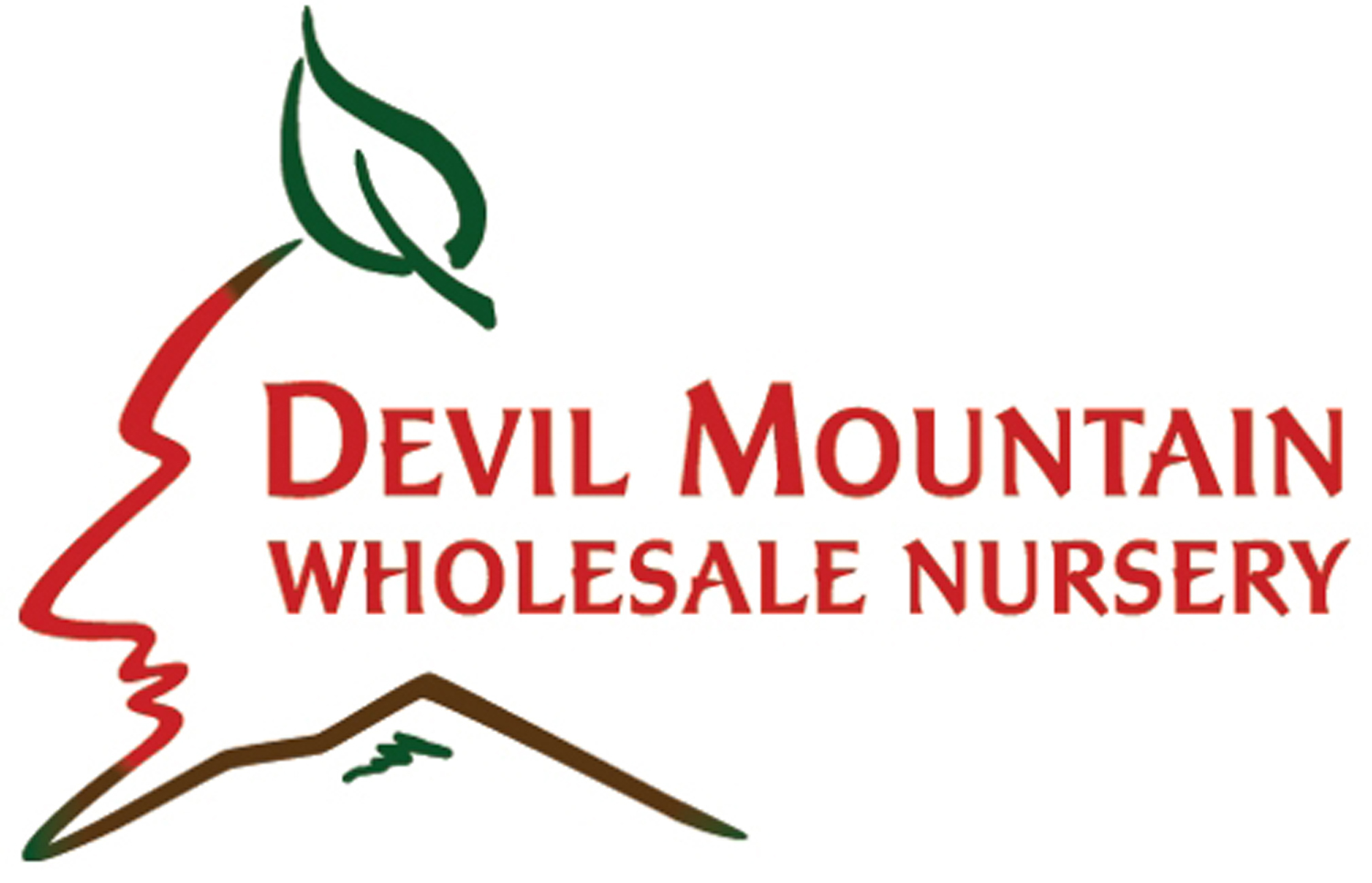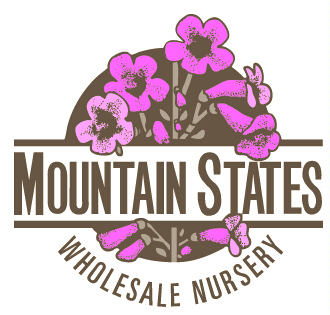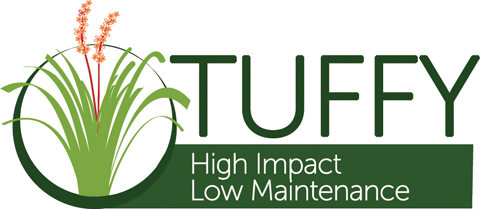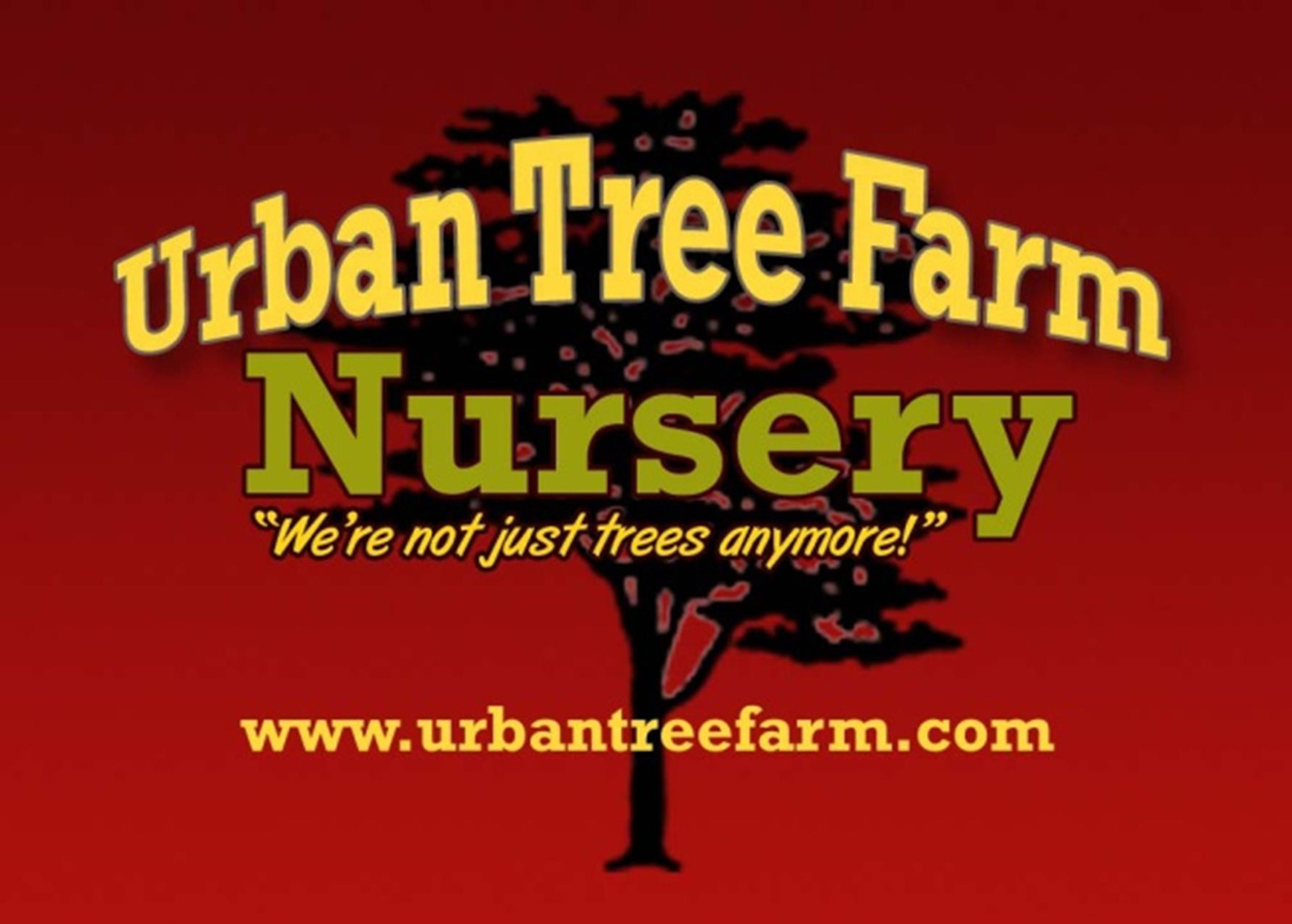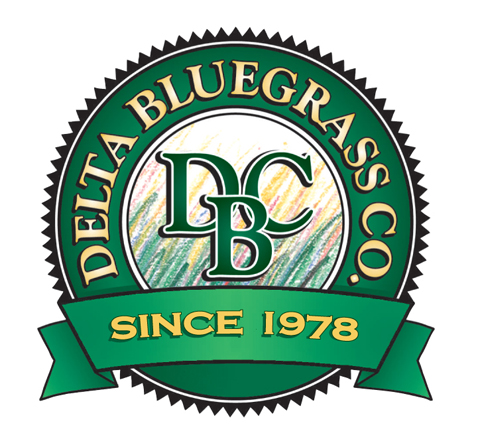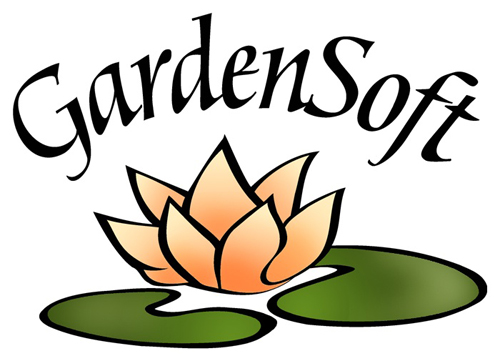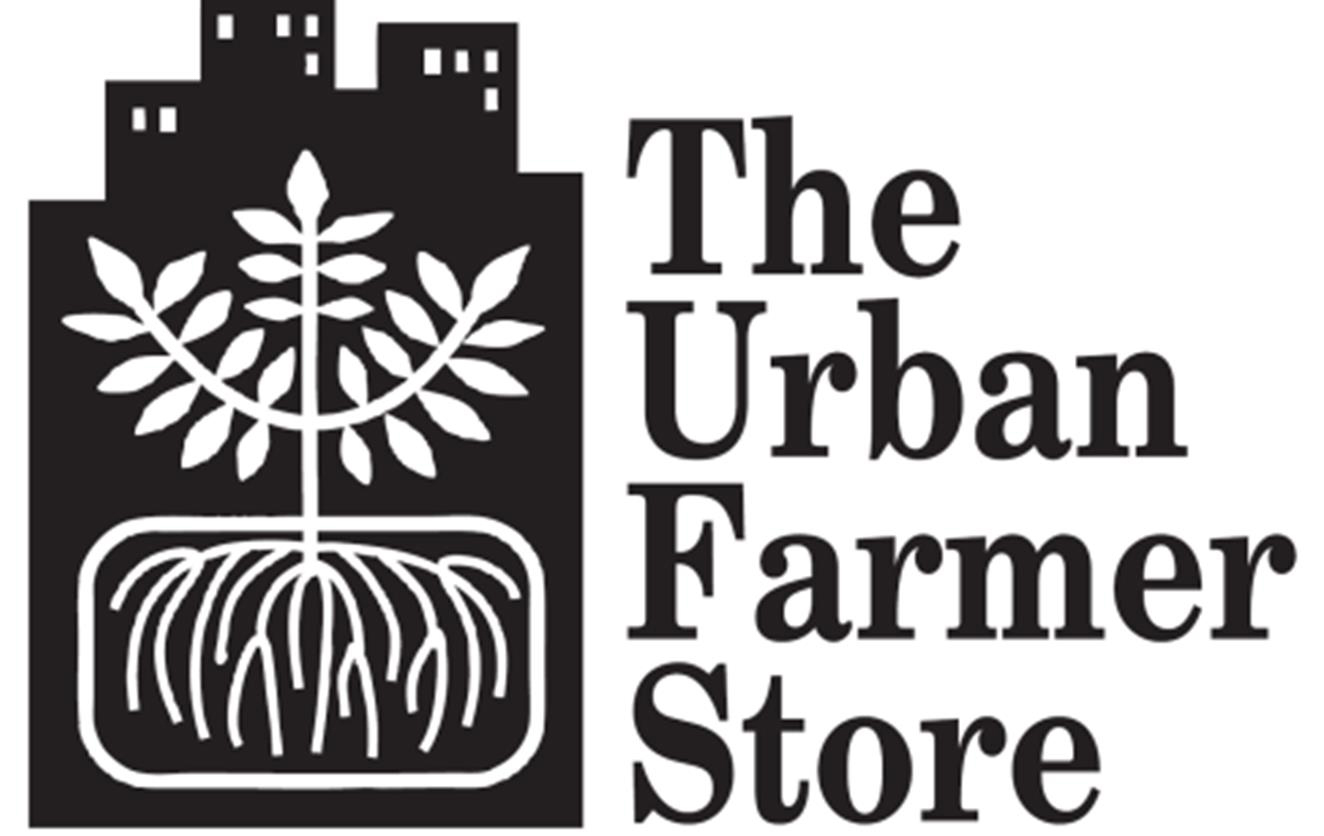Designing today’s gardens
FROM THE CHAPTER PRESIDENT
Francesca Corra, APLD
Francesca Corra, APLD
Photo: Marilee Kuhlmann
Happy 2018! I would love this to be a great year for all of us, a kinder and gentler year, and my personal goal for us all—the year to “step up your game.”
I encourage you to take full advantage of your APLD membership and all of the opportunities provided by this organization.
Become a certified member. I did this last year and it was a very satisfying experience. A long-time member offered to mentor me through the process, which I greatly appreciated. Reach out to someone who can help guide you. It will be much less daunting!
Enter the APLD Design Awards. I know positively that you have beautiful gardens that would win. Let’s get more of our California gardens up on the national website!
Fill out your profile at apld.org. This is a great tool to help clients find you and see photographs of your work, yet many profiles remain only partially complete.
District leaders are planning some awesome programming this year. See what’s going on near you. Go bigger . . . travel to another district for one of their events. Bigger yet . . . attend the national conference in Toronto. You’ll discover endless opportunities for networking, friendships, learning and inspiration.
Cheers to a fabulous year!
CONTENTS
Simply scroll down to read the articles.
You may also click on the section titles below.
LETTER FROM THE CHAPTER PRESIDENT:
Francesca Corra, APLD
TOOLS AND TIPS:
How to Hire a Tree Expert
PLANT SPOTLIGHT:
Frangula californica
BOOK REVIEW:
A New Garden Ethic,
by Benjamin Vogt
The Watershed Approach:
The Video and White Paper
Succulents as Firebreaks
DESIGNER PROFILE:
Gary Kernick
Kelly Kilpatrick in Pacific Horticulture
Susan Morrison's New Book
Jeannie Fitch Wins CLCA Award
"Fire in the Landscape" Series
Palm Springs Modernism Week
Greywater Made Easy
GardenSoft Demo
From Our Sponsors
Tex-Mex Oaks
APLD California Chapter
2018 Sponsors
Our Platinum Sponsor
Rain Bird Corporation is the leading manufacturer and provider of irrigation products and services. Rain bird has been committed to the Intelligent Use of Water for more than 80 years. We offer the education and water-efficient products you need to make better use of our most precious resource.
TOOLS AND TIPS:
How to Hire a Tree Expert
At the start of every landscape design project there are usually a few existing trees in dire need of some TLC (or removal). Homeowners appreciate getting guidance in finding a tree expert who can determine the health of the trees and how best to prune them before garden installation begins.
Anne Fenkner, an arborist, master gardener and project developer for a division of the Davey Tree Expert Company has compiled a thorough document outlining the many considerations behind selecting the best tree expert for your job. She shared it at a recent class held by ReScape California:
PLANT SPOTLIGHT:
Frangula californica
California coffeeberry
by hope nelson
APLd sacramento DISTRICT
Frangula californica, commonly known as California coffeeberry, is a real show stopper with its glossy evergreen foliage and colorful berries in the fall and winter. Formerly named Rhamnus californica, this California native in the rhamnaceae, or buckthorn, family is a shrub growing anywhere from 3 to 15 feet tall in a mounding, rounded form.
In spring and summer, coffeeberry’s small inflorescences provide abundant nectar for birds and butterflies. When the berries ripen, numerous bird species hone in on the sweet, juicy ½” berries (called drupes), which contain two seeds that resemble a coffee bean. The berries change colors from early to late season, from gold to red to purple and finally black. Historically, they served as a staple food for West Coast Indian tribes as well as for game and livestock.
Coffeeberry grows in a wide range of habitats, so it combines easily with a variety of trees and shrubs in the garden. It tolerates many soil types, takes full sun to part shade, has low water requirements, takes well to pruning and is mostly deer resistant, as well as being useful for bank stabilization and natural hedges. There are numerous subspecies and varieties of Frangula California, so check to see which best fits your region of California. It’s guaranteed to bring color and wildlife to the winter garden.
FRANGULA CALIFORNICA, Photos: Hope Nelson
BOOK REVIEW:
A New Garden Ethic
by Benjamin Vogt
By Jacky Surber
APLD Greater
Los Angeles District
“The greatest injustice of our time may be the eradication of native ecosystems, the erasure of entire life forms, and the capacity of one species to ignore those injustices.” — Benjamin Vogt
Benjamin Vogt’s new book, A New Garden Ethic, wakes us from the complacency we have been in, whether we are conscious of it or not: we have been asleep at the gardening wheel. Vogt’s message convinces us to make the change to a purely native palette by digging into the psychology, sociology and theology behind our reasoning for the plants we choose, or don’t choose. This book questions the root reasons of why we garden and who we do it for.
Vogt says it has been so difficult for us to make positive changes and adopt this new garden ethic because we are all living a deep grief. The mental suffering we are experiencing in this age we live in, the Anthropocene, is defined by the irreversible loss of pristine ecosystems, the death and mass extinction of unique creatures, and along with that a burning out of our once intimate relationship with nature. He goes on to describe the stages of grief, and how those stages are reflected in the rationale that we give when defending our choices to plant nonnative species.
Vogt contests the standard excuses that we give to dignify the nonnative gardens we have created as doing good. He skillfully formulates a thesis that speciesism is the underlying problem with the current garden ethic. “We are colonizers who replace the culture of the oppressed with the culture of the oppressor, whether that’s through our plant choices or in how we arrange those plants.”
This book is universal in its message. The concept that there is a greater purpose in designing gardens and landscapes, beyond the whims and desires of our clients or even our own “artistic” vision, applies to all regions. Vogt is ardent in his belief that gardens are not Art. They are a place for us to defy the environmental destruction all around us, challenge the social norms in landscaping and create a place for people to deeply reconnect to nature. The planet needs us to act. We need us to act. Time is up now.
“If you believe in climate change, if you believe in extinction, if you believe we have a direct and powerful hand in eroding life, you know you must speak up too—-as you know your action must follow that powerful voice.”
On April 7, Vogt will speak as part of the APLD SoCal regional event at Descanso Gardens. In anticipation of his visit, A New Garden Ethic is a must read.
The Watershed Approach . . .
The Video and the White Paper
What is the Watershed Approach to Landscapes? This two-minute video demonstrates what APLD members have to say about landscape design with the watershed in mind. Thank you to the APLD Greater Los Angeles District and their clients for opening their gardens and voices to share the simple and beneficial beauty of the new California landscape. Be sure to share the video with your clients!
APLD Gold Sponsor G3 (Green Gardens Group) is at the forefront of promoting the watershed approach across all ornamental urban landscapes. As part of their ongoing effort to spread the word about designing landscapes to function as multi-benefit environmental solutions, G3 has created a document that pulls together the science behind landscapes as a climate change solution using four concepts:
1) Watershed approach to landscaping and the soil sponge:
2) “Green Water” zone
3) Precipitation and green water
4) Metrics for evaluating landscaping projects
To read this fascinating exploration of the optimal relationship between water, soil and plants, click here.
And for an overview of the watershed approach with great graphics, click here.
Succulents as Firebreak—a Personal Story
By Debra Lee Baldwin
Can a landscape protect a home from wildfire? Camille Newton, M.D., of Bonsall, California, says yes. Newton started her six-year-old succulent garden mostly from cuttings. “It’s my go-to place after work,” she says, noting that gardening is her stress-reliever. The land's nutrient-poor, decomposed-granite soil serves as a coarse, fast-draining substrate that she top-dresses with composted horse manure. (Harvested from another hobby: breeding Andalusians.) Irrigation is by overhead sprinklers. The land slopes, and densely planted succulents also provide erosion control. On Newton's frost-free, west-facing hillside grow swaths of jade (Crassula ovata), aloes, agaves, aeoniums and brilliant orange, ironically named Euphorbia tirucalli ‘Sticks on Fire.’
Newton, whose garden is in my book, Designing with Succulents (2nd ed.), was initially surprised that her garden "stopped the fire in its tracks,” she says, adding that houses next door and across the street burned to the ground. “You’d think succulents would burn, but they don’t." Wildfire, which travels at around 15 mph, doesn’t linger long enough to combust moisture-filled plants. Those with thin leaves catch fire immediately and are carried aloft by strong winds, helping to spread the blaze, but succulents simply cook and collapse. They sizzle and char, but they don’t transmit flames.
In December 2017, soon after the Lilac Fire destroyed eight homes on her street, Newton and I were interviewed on local TV news for a segment titled “Saved by Succulents.” (View it on my YouTube channel along with two other videos about succulents as firewise plants, including a post-fire tour of Newton’s garden.) Because succulents also are colorful, waterwise and low-maintenance, it behooves landscape professionals in mild-climate, wildfire-prone regions to offer firebreak design and installation. Granted, it takes a lot of succulents to surround a house, but here’s good news: It’s possible to do so without buying plants. Numerous Southern California succulent gardens are becoming well established, and several times a year owners have truckloads of trimmings that they hate to throw away. “I’ll give cuttings to anyone who asks,” Newton says, adding with a laugh, “Hopefully they’ll take some manure, too.”
Pictured are the author's go-to firewise succulents: Opuntia, Aeonium arboreum, Crassula arborescens, Aeonium 'Zwartkop,' Aloe arborescens
Debra Lee Baldwin website pages:
Firewise Landscaping with Succulents
DESIGNER PROFILE: Gary Kernick
Gary Kernick
BY TINA HENRICKSEN,
APLD SACRAMENTO DISTRICT
Once you see the colorful and creative landscapes Gary Kernick has designed, you’ll understand why he is known as a landscape artist with a flair for the dramatic. In all of his landscapes, he wants to create spaces that move people off of the couch and into the garden.
Gary started out with a career in theater before realizing his true calling lay in design, and soon after started his landscape design business. “I started Change of Seasons 23 years ago,” says Gary, who is also a landscape contractor. “Landscape design allows me to combine my love of nature with the theatrical.”
Every project is unique to Gary, and he enjoys including a wow factor or two in all of his gardens. “I love being able to design a midcentury modern garden and then a classic English Tudor garden, and then on to something new,” he says, while pointing out that it all boils down to the details. “An unexpected combination of hardscape materials, unique water feature or dramatic plant juxtaposition can allow the garden to transcend the ordinary.”
Asked what trends he sees in client requests, Gary notes “I am getting more and more interest in modern-style gardens. In particular, my younger first-time home buyers are drawn to the contemporary aesthetic.” With Gary’s penchant for new and innovative interpretations of residential design concepts, his clients have definitely found a good match.
Birch branch fence; photo: Gary Kernick
Mosaic fire pit and spiral patio; photo: Gary Kernick
Kelly Kilpatrick Design
Featured in Pacific Horticulture
Kelly Kilpatrick designed this waterwise California-native garden in Tiburon. Photo: Kelly Kilpatrick
Pacific Horticulture magazine featured APLD designers throughout 2017 in their “Planting the New California Garden” series. The fall issue highlighted a Kelly Kilpatrick garden in Tiburon on a sunny slope facing San Francisco. The sense of lushness and abundance of blooms in this garden are a testament to waterwise plant choices and the homeowners giving the plants “just enough water to survive.”
Telling Your Garden Stories
Pacific Horticulture is looking for stories that explore the full breadth and experience of gardening on the West Coast and in related growing regions. As designers, APLD-CA members are on the creative forefront. Your work creates beauty and produces productive and sustainable infrastructure in our landscapes.
Beautiful gardens are powerful; they enhance life, strengthen communities and support the environment. Now is a teachable moment. Throughout 2018 and beyond we will be exploring small space gardens, purpose-driven design (wildlife support, accessibility, social activism, trialing plants, beautiful sustainability), and especially in light of recent events, rebuilding and recovery after fire.
Our publication is valued for its beautiful photos, curious perspective, and prevailing respect for the environment. If you’ve got a story or garden photos you’d love to see in print and online, we’d love to hear about it. For submission guidelines and details please visit pachort.org/submissions. Email proposals to TheEditor@pacifichorticulture.org.
Pacific Horticulture is a voice for gardeners.
Bay Area Member Susan Morrison
Writes Another Inspiring Book
Author Susan Morrison
Photo: Nicholas Bowerman
Susan's new book from Timber Press
Photo: Lisa Romerian
APLD Bay Area member Susan Morrison has written her second book, The Less Is More Garden: Big Ideas for Designing Your Small Yard, released in January by Timber Press. The book features designs by APLD members Jeannie Fitch, Tina Henricksen, Kelly Kilpatrick, Linda Middleton, Nina Mullen, Patricia St. John and Roxy Wolosenko, with photographs Jude Parkinson-Morgan.
The Less Is More Garden celebrates the many advantages of designing small spaces and how to make the most of them—creating enjoyable gardens that truly reflect the aesthetics and lifestyle of the homeowner. The book is loaded with style-savvy tips, plants that promise seasonal interest, and hardscape ideas for small gardens. Case studies offer plenty of inspiring fodder . . . both for homeowners and for designers.
Jeannie Fitch Wins CLCA Award
The California Landscape Contractors Association (CLCA) named APLD Bay Area member Jeannie Fitch and her firm Garden Nest Residential Landscape Design first-place winner of the 2017 State Trophy Award for Waterwise Garden (Xeriscape). Jeannie’s Orinda-based design-build firm used a romantic combination of Mediterranean-climate plantings together with permeable hardscape materials and a dry creek bed in the sunny Fremont garden. Congratulations, Jeannie!
Photos: Jude Parkinson-Morgan
Bay Area District Launches
“Fire in the Landscape” Series
By Robin Salsburg
APLD Bay Area District
On January 9, the APLD Bay Area District held the first presentation in its “Fire In The Landscape” series. In response to the devastating wildfires in California, the District is hosting these events to inform members about the effects, challenges and opportunities fire has on the landscape.
For the first segment, “Pre-Fire: Wildfire Landscaping and Land Management,” Maureen Gilmer, author of California Wildfire Landscaping, discussed the dynamics of wildfires and proven strategies to save our homes, property and lives with fire-prevention techniques and wildfire-resistant landscape designs. Maureen is a landscape architect with over thirty years of experience in arid climate gardening and the author of numerous books and articles on plants, design and wildfires.
Maureen gave an overview of how wildfires in California have changed over time. Native Americans used regular burns to clear forest understories, mimicking natural fire cycles. In more recent times, the natural fire cycles have been interrupted, allowing dense vegetation to build up and leading to periodic massive deadly wildfires. In addition, subdivisions are being built closer and closer to these fuel-loaded wildlands, so when a fire does start in a natural area, there is very little buffer zone to protect the structures and inhabitants from the blaze.
When considering landscaping in such fire-prone areas, Maureen reminded us that there are no fire-resistant plants. Landscape designers should focus on using plants that will be slower to combust, such as succulents and plants whose roots will survive a fire, such as Cercis occidentalis, because they will grow back and hold onto a slope during the winter rains. Leaving large open spaces between shrubs is also important, to avoid creating a potential wall of fire. Shrubs should be planted with at least five times their height between them. Grasses or low perennials may be planted in between. Remarkably, the height of the flame generated by plant material is roughly three times the height of the plant.
The Bay Area District’s next “Fire In The Landscape” Event will be on April 19, where we will explore fire features such as grills, pizza ovens, fire pits and space heaters and how to use and install them safely.
Photo: Diego Tabango
APLD So Cal at Palm Springs
Modernism Week
The Greater Los Angeles and San Diego Districts are thrilled to return to Palm Springs on February 17 during Modernism Week 2018. This year we have expanded our presence and are looking for 18 designers to fill the two-hour shifts and other positions. We anticipate selling out again and hope to accommodate walk-ins. Friday evening prior to the event, Laura Morton will open her lovely Palm Springs home to APLD members who would like to relax after the drive with a cocktail and hors d’oeuvres.
The “Ask a Landscape Designer” Event will be located at CAMP, 230 Museum Way, Palm Springs. We are right in the center of the action! Participating designers may bring simple sketching and drawing tools, books, iPads. The majority of the homeowners purchase tickets in advance and are well prepared to meet with us, often with site plans and photos in hand.
GLA and SD are excited to represent APLD again at such a popular event and share with homeowners the beauty of watershed principles in the garden.
Greywater Made Easy
in EcoAssistant Presentation
By Bernadette Balics,
APLD Sacramento District
In November, APLD-CA Sacramento District sponsored a laundry-to-landscape greywater-installation workshop. This hands-on event, presented by Leslie Crenna of EcoAssistant, covered greywater regulations in the California Plumbing Code, potential water savings, system design, and a complete system installation. Ten participants measured, drilled, cut pipe and happily dug mulch basins in loamy soil under sunny winter skies. We learned just how easy it can be to reuse washing machine rinse water, and had fun trying out Blu-Lock pipe and fittings—a glue-free, recyclable alternative to PVC. The fittings are reusable too. One attendee plans to build greywater systems in his neighborhood in the Philippines!
Photo: Dan Vierria, Sacramento Bee
Left: An outlet in the landscape with the first laundry rinse water exiting the newly installed system.
Right: APLD Sacramento District President Martin Carrion van Rijn in the trenches with greywater distribution pipes.
Photos: Leslie Crenna
GardenSoft Demo
at San Diego District Meeting
By Kimberly Alexander,
APLD San Diego District
At the APLD San Diego District’s November meeting, each member shared five favorite plants. But it wasn’t just a show-and-tell session. Gerry Kiffe, general manager of GardenSoft (an APLD-CA Silver Sponsor) and creator of PlantMaster.com, came down from Ventura to incorporate our plants into an online plant presentation using his new PlantMaster Cloud Edition. San Diego District's Favorite Plants
The subscription-based service has been converted from its CD-ROM software into an online system with over 20,000 plant images gathered over the years for the numerous waterwise gardening websites GardenSoft publishes for water agencies. Watersmart Landscaping in San Diego County
The new cloud edition creates plant presentations including collages of thumbnail photos, plants shown in distinct garden settings and close up, slide shows of large expanded photos and plant information pages.
In addition to client presentations, PlantMaster enables designers to create a variety of reports and plant legends. Gerry also mentioned new features in the works this year, including a maintenance-scheduling tool aimed at giving designers an opportunity for recurrent revenue.
Gerry will return to San Diego February 3 to speak more about PlantMaster at the day-long “2018-Ready or Not Here We Come” event.
From left to right: Plantmaster.com plant thumbnails; PlantMaster.com plant search; PlantMaster.com plant list.
Tex-Mex Oaks Ideal
for California’s Changing Climate
By Wendy Proud,
Mountain States Wholesale Nursery
California Sales Representative
Of all the trees, oaks have a mystique like no other. Their symbolic form and grace continue to captivate scientists, naturalists, conservation groups, advocates, concerned citizens and gardeners alike. Our appreciation continues as we learn more each year about new oaks that can adapt and continue the legacy. They speak a quiet, familiar language that comforts us—the simple pleasure of rolling beautiful striped acorns around in the palm of your hand after a hike, or finding them months later in the car after falling out of your pocket on the ride home. Special moments with this diverse genus leave us wanting more, no matter how we became hooked.
Texas and Northern Mexico are the geographic location for a few lesser-known oaks that are poised to do well throughout California, especially as our temperatures continue to climb. They are amazingly adaptable and perhaps closely aligned, exhibiting very similar acorns and leaves. (The small distance between species gives us good reason for thorough record keeping and tagging.) Photo: Andrew Proud
Chisos Oak; Canby Oak; Chinquapin Oak
Give three beauties a try! They’re all available now at Mountain States Wholesale Nursery:
Quercus gravesii (Chisos Red Oak/Graves Oak)
Native to southwest Texas and into Mexico, this oak grows native at elevations of about 5000-6000 feet, with vibrant red fall color in habitat. Fast growing for an oak, it will tolerate lower elevations with some supplemental irrigation but will likely not have as colorful of a fall show. With deeply lobed leaves, it will hold its leaves late into the season and grow to an eventual 40 feet tall by 35 feet wide.
Quercus canbyi (Canby Oak)
Native to southwest Texas and northeast Mexico, this mostly evergreen oak was first recognized by and brought into the trade by famed Texas plantsman Lynn Lowery. It has a pyramidal form in youth and an open irregular shape at maturity, 40–50 feet. The leaves are 6–8 inches long and 2–3 inches wide with heavily serrated edges, and are a dark, glossy green with the petioles often reddish in color. Fall color can vary, with the previous year’s leaves often persisting until new growth emerges. They have been successfully grown as far north as Springfield, IL., and have thrived in the intense Phoenix summers.
Quercus muhlenbergii (Chinquapin Oak)
Native to west Texas, this deciduous tree has large oval green leaves with wavy margins and lovely orange to bronze tones in the fall. It grows more rapidly than other species in the low deserts, to about 30 feet tall and wide and does not seem to experience leaf scorch in the summers. Plant in full sun and well-drained soils. It also thrives in lawn areas and is extremely cold hardy.
APLD California Chapter
2018 Sponsors
Through sponsorship of APLD®, these industry leaders declare their support for best practices, APLD California Chapter educational programs and events, and the highest standards in landscape design. From veteran materials suppliers to producers of cutting-edge landscape products, these companies have committed to connecting with professional landscape designers and our clients.
Learn more about our 2018 sponsors by visiting http://apldca.org/sponsors/.
You may also DOWNLOAD a PDF version of the 2018 APLD-CA Quick Reference Sheet.
Please contact Laura Morton, APLD, at sponsorship@apldca.org, to learn more.
Our Platinum Sponsor
Rain Bird Corporation is the leading manufacturer and provider of irrigation products and services. Rain bird has been committed to the Intelligent Use of Water for more than 80 years. We offer the education and water-efficient products you need to make better use of our most precious resource.
Our Gold Sponsors
Simply click on a logo below to visit the website of one of our sponsors.
Our Silver Sponsors
Simply click on a logo below to visit the website of one of our sponsors.
Our Bronze Sponsors
Simply click on a link below to visit the website of one of our sponsors.
Lightcraft Outdoor Environments
Sunset Western Garden Collection
January
JAN 22: Four Seasons of Color with California Natives: speaker Lili Singer, presented by APLD Greater Los Angeles District in Pasadena.
JAN 24: Recognizing Those Red Flags, a roundtable discussion with APLD Bay Area District in Palo Alto.
JAN 31 and FEB 1: Landscape Industry Show in Ontario.
February
FEB 1: Proven Winners Landscape Roadshow, hosted by Matsuda’s Nursery in Sacramento.
FEB 1-3: California Native Plant Society Conservation Conference in Los Angeles.
FEB 3: Ready or Not, Here We Come, daylong special event with APLD San Diego District.
FEB 7-11: Northwest Flower and Garden Show in Seattle.
FEB 13: Designing the Narrows, a roundtable discussion with APLD Bay Area District in Lafayette.
FEB 15: Norcal Landscape & Nursery Show in San Mateo.
FEB 17: Modernism Week—Ask a Landscape Designer, APLD Greater Los Angeles District participates in annual Palm Springs design event.
FEB 28: APLD Speaker Series: Bay Area Designer Spotlight, featuring Kathleen Shaeffer and Mario Herrada, in Palo Alto.
March
MAR 13: Designing with Palms, featuring Jason Dewees of Flora Grubb Gardens and East West Trees, with APLD Bay Area District in Lafayette.
MAR 28: Working with Slopes, a roundtable discussion with APLD Bay Area District in Palo Alto.
April
APR 7-8: A River Runs Through It, Two-day regional event presented by APLD Greater Los Angeles District and San Diego District, with speakers at Descanso gardens in La Cañada Flintridge and garden tour in Los Angeles.
APR 10: Website Renovation, a panel discussion about boosting your online presence with APLD Bay Area District in Lafayette.
APR 25: APLD Speaker Series: Sustainable Landscapes: In What Material Should We Build, a presentation with built-environment lecturer and author Caren Yglesias hosted by APLD Bay Area District and Gold Sponsor Lyngso Building Materials, in San Carlos.
Welcome New Members
Please give a warm welcome to these new members of the APLD California Chapter.
Professional Members
Margaret Baumgratz
Baumgratz Garden Design & Planning
Bay Area District
Brian Klein
BK Landscape Design
Bay Area District
Laura Ponder
YardJardin
Bay Area District
Sharon Reeve
ReWild
San Diego District
Susan Stansbury
Sage Creek Horticulture
Bay Area District
Jeffrey Strandebo
Construx Landscaping Ltd.
San Diego District
Brian Whyte
Brian Whyte Designs
Bay Area District
Allied Members
Gerry Kiffe
GardenSoft
Greater Los Angeles District
Errol Navickas
Property Prep Technology
Greater Los Angeles District
Hal Rodman
Pacific Ponds and Design
Greater Los Angeles District
Student Members
Elizabeth Boegel
Bay Area District
Erika Hays Do
Merritt College
Bay Area District
Nadja Kuhner
Bay Area District
Gladys Mercier
Bay Area District
Contributors to the Winter 2018 Edition
Anne Weinberger / EDITOR
Diane Goldsmith / DESIGNER
Kimberly Alexander
Debra Lee Baldwin
Bernadette Balics
Pamela Berstler
Nicholas Bowerman
Francesca Corra, APLD
Leslie Crenna
Anne Fenkner
Jeannie Fitch
Tina Henricksen
Gary Kernick
Kelly Kilpatrick
Linda Middleton, APLD
Susan Morrison
Hope Nelson
Jude Parkinson-Morgan
Andrew Proud
Wendy Proud
Lisa Romerian
Robin Salsburg
Jacky Surber
Call for Submissions
We invite your participation in the California Landscape Design magazine. Please send your story ideas to editor Anne Weinberger before March 20, 2017 to be included in the spring edition. Send email to: newsletter@apldca.org.
Just for Fun
Every once in a while, a garden allows us to witness the magic of nature unfolding in real time. Bay Area member Linda Middleton, APLD, captured a small miracle on video while chatting with a client. “We had a chance encounter with nature in action,” she muses, “sharing a few precious moments of awe as this spider wove her new web.”
Used with permission.

































